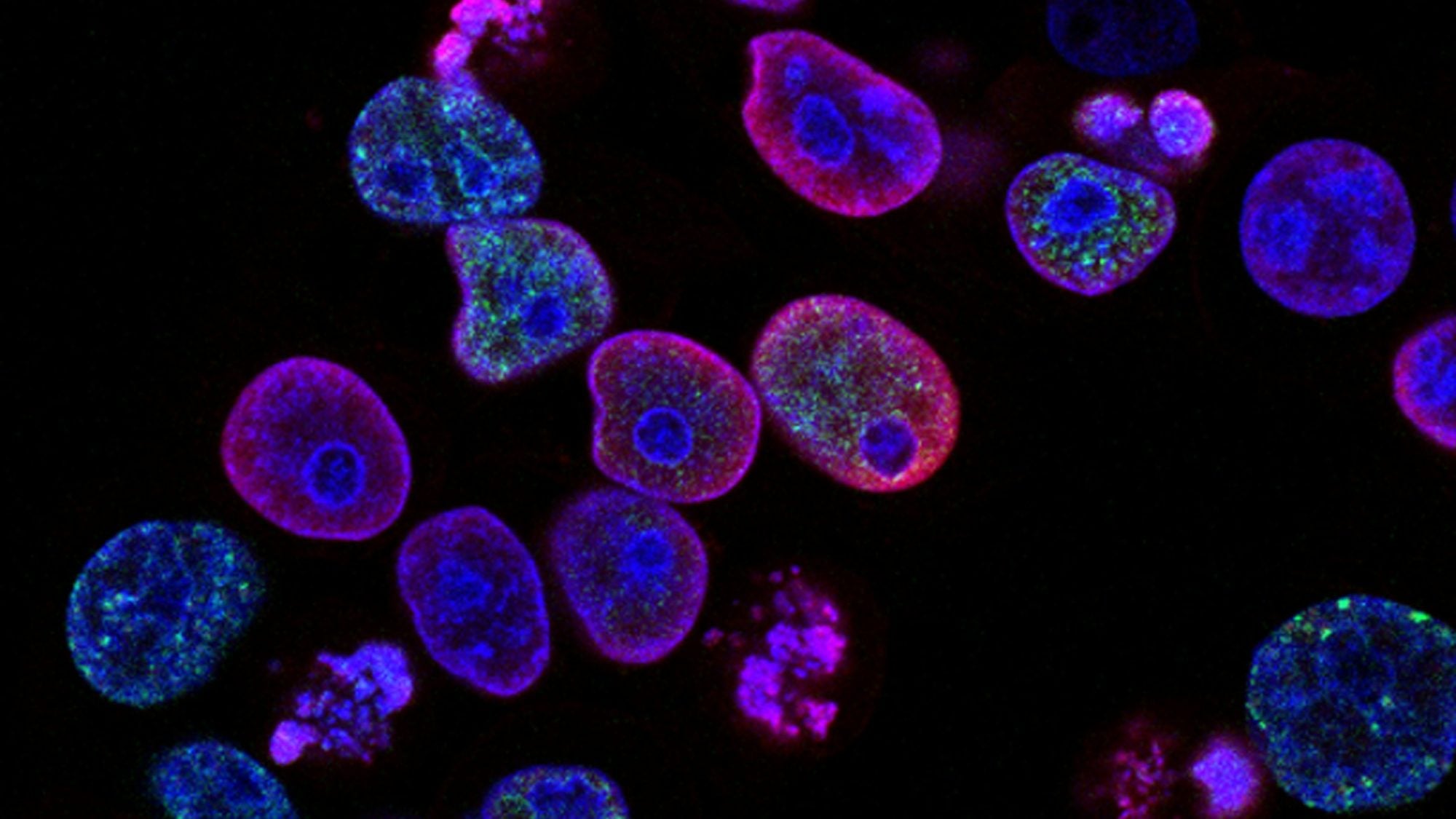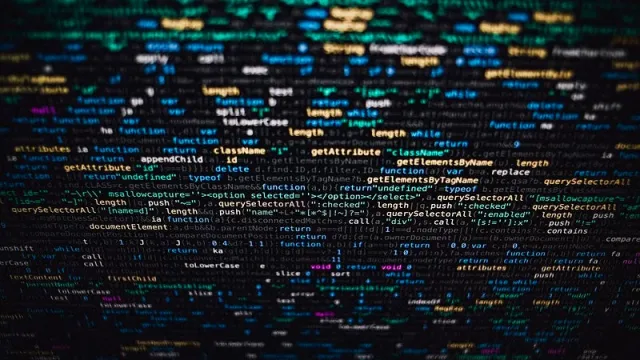
Title: Biotechnology as a Strategic Asset: Ends, Ways, and Means for a U.S. Competitive Advantage
The Trump administration should prioritize biotechnology as a strategic asset for the United States using the military strategy framework of “ends, ways, and means” because biotechnology supports critical national objectives from health to defense. With China recognizing the field’s importance, the United States must prioritize biotechnology to avoid losing leadership and advantages in a time when levers of national strategy and power are being reconceptualized.
Tools of Power and Strategy
President Donald Trump’s second administration is introducing new levers of American power and committing to an “America First” approach while pulling back from traditional soft power tools like international organizations and aid. These changes are cause for reevaluation of what it means for a given domain—from foreign assistance to nuclear defenses to manufacturing—to be a strategic asset for the United States and how to align those assets with national goals and success in foreign policy. Simultaneously, scientific progress is reshaping geopolitics, as it transforming the way states compete for technology and resources. Biotechnology advances will massively impact fields like health, defense, and more in the coming century, especially given the convergence with other fields like engineering and computing.
While various scholars and policymakers have emphasized biotechnology’s importance, particularly in the wake of legislative actions like the BIOSECURE Act and recent budget cuts to the life sciences sector, making the case for why biotechnology is inherently strategic relative to other technologies or instruments of national power has often been ignored. In this time of competition with China, a country demonstrably adept at leveraging technology for state advancement, it is critical for biotechnology to be considered a strategic asset in a way that distinguishes it from other technologies. This discussion will show that biotechnology is aligned with the military framework of “ends, ways, and means” and must be prioritized and leveraged as a strategic asset for the United States.
Ends, Ways, and Means
In both the national security field and the private sector, declaring something as being of “strategic” importance can be a nebulous designation. Generally, the term means that a concept supports the overarching goals of a team, company, or country. Various components of American capital and influence are broadly considered to be strategically important, including military power, intellectual property and cultural influence, or economic strength in global markets. These assets all provide support on multiple levels for advancing American priorities and policy across the globe. Within security studies and military sciences, there are various definitions of strategy. Colonel Arthur F. Lykke Jr.’s concept of “ends, ways, and means” from the 1990s is widely integrated across U.S. defense and security planning and provides a useful framework to evaluate the importance of biotechnology to U.S. interests.
In this framework, strategy is an equation between objectives, courses of action, and tools to get there. At the base of the strategy pyramid are the “ends,” or overall objectives and long-term outcomes of leveraging biotechnology. Biotechnology contributes to several “ends,” including food security through enhanced agricultural productivity; environmental sustainability with new fuel, waste, and carbon capture techniques; economic growth through new jobs and productivity; global health security by preventing and combating emerging infectious diseases and pandemics; and national security resilience to deliberate, accidental, and natural biological threats.
Each of these “ends” has a set of corresponding “ways”—the courses of action needed to meet these broad outcomes. Research and development (R&D) into advanced technologies in synthetic biology, genetics, nanotechnology, and other disciplines, along with public-private partnerships and creative investment mechanisms, enhance the development of biotechnology. Other courses of action include streamlining regulatory frameworks to bring biotech products to market faster and coordinating research and implementation with both governmental and non-governmental partners. There are various potential ways to support the end of national security, including national military and civilian readiness plans for biodefense, detection and attribution platforms for biological threats, and export and access controls on biotechnologies like DNA sequencers and synthesizers.
At the tip of the pyramid are the “means”—the tools and resources that are available to reach broad goals for national security and other objectives. Human capital and science, technology, engineering, and mathematics (STEM) talent in particular are critical resources for converting new technologies into competitive advantages. Infrastructure for basic research, biomanufacturing capabilities, and expanded computing power for AI-enabled biological advances are all examples of key means. Biological data is a powerful resource that, particularly when coupled with computational methods, can revolutionize drug discovery, understanding of complex biological systems, personalized medicine, and further biotechnology advances. New technologies stemming from biotechnological advances are a “means” as well, including gene editing for precision medicine, nanotechnology for drug delivery, microbial industrial production and decontaminants, AI-driven biological design tools, and biodefense-oriented solutions like advanced biomaterials for camouflage or healing and field-deployed biosensors.
China’s Approach to Biotechnology as a Strategic Asset
The People’s Republic of China (PRC) has approached biotechnology as a strategic domain with an “ends, ways, and means” approach to global leadership in this field. Chinese public support for science provides abundant “means,” with the government contributing around $2.6 billion to biotechnology R&D in 2023. The PRC has been driving development of large scientific facilities in China, like Guangzhou International Bio Island, and abroad and facilitating regulatory and policy support for Chinese biotechnology entities. STEM education and preeminence in fields like gene editing and nanobiotechnology help buoy Chinese researchers, universities and businesses. These means enable various “ways” that support Chinese biotech development, including both licit and illicit technology/intellectual property acquisition and market dominance through subsidized low-cost manufacturing that causes other states (including the United States) to depend on China for biological materials and pharmaceuticals. Other “ways” include pervasive biosurveillance, genetic data controls, and talent and recruiting programs to build a biotechnology workforce. A defining “way” for Chinese biotechnology, along with other scientific disciplines, is military-civil fusion, in which the state economy and civilian economic and technological resources are integrated with the military and defense industry. This course of action emphasizes dual-use technologies, state control of innovation, and collaboration between science and defense.
The PRC has demonstrated a focus on a number of “ends” that direct these “ways” and align biotechnology with other national goals. Specifically, China prioritizes health security with independent supply chains and robust medical countermeasures, food security to support its large population, and national security through a performance-enhanced People’s Liberation Army and advanced defenses from bioweapons. Biotechnology is also an end for economic competitiveness, particularly through dominance of global markets for pharmaceuticals and synthetic biology and of global leadership and influence in international health initiatives and exports. These objectives and long-term outcomes are clearly laid out in various national plans and instructions from party and military leaders, including the 14th Five‐Year Plan for Bioeconomy Development (2021-2025) to boost the benefits and productivity of the bioeconomy. Overall, these documents and their implementation trace a clear link between investment, methods, and outcomes and designate biotechnology as an instrument of national power.
Implications for the United States
China is challenging the United States at all three of these strategic levels, making this administration a critical time to shift ends, ways, and means to prioritize biotechnology as a strategic domain. Failure to do so will expose vulnerabilities in American national security and defense, economics and trade, and scientific innovation in the coming decades. Lawmakers and executive branch implementers should support the expansive legislative recommendations of the National Security Commission on Emerging Biotechnology, which emphasizes the importance of all three of these levels of strategy. For example, the report calls for a biotechnology workforce for the future and a well-developed biomanufacturing sector to create new economic, infrastructural, health and defense “means”. The recommendations highlight the “ways” of international collaboration, innovation, and regulatory improvements to bolster the sector. The “way” of establishing and enabling a National Biotechnology Coordination Office within the White House, or even a separate bio-focused agency as other experts have advocated for, would be a significant step toward appropriate strategic prioritization. The recommendations also explain the importance of biotechnology for the “ends” of national security and defense and a biotechnology sector that is prioritized at the national level. Lykke’s model indicates that ends, ways and means represent a three-legged stool that must be balanced—in other words, ambitious long-term goals must be matched with adequate resourcing and implementation to be achieved.
The United States has undertaken a multi-level approach to recognizing and approaching another dual-use strategic technology: semiconductors. The “means” of capital, talent, and tech hubs along with “ways” like legislation (CHIPS and Science Act), private-public partnership, R&D, export controls, and tariffs support the “ends” of national security, economic and supply chain resiliency, and technological supremacy. This experience offers a roadmap for proactive and deliberate biotechnology prioritization—despite the difference of more concentrated manufacturing for semiconductors compared to biotechnology—and offers an opportunity for the United States to develop policy frameworks to respond to and mitigate risks from other emerging strategic technologies throughout this century.
Lykke’s framework is not perfect, and other military strategy theorists have criticized his model as oversimplified. Other definitions of strategy include Jeffrey Meiser’s notion of “a theory of success” in which actions are causally linked to results rather than a formula of ends, ways and means. However, both can be true; in addition to aligning priorities, plans and resources, policymakers must consider how biotechnology contributes to such a theory for the United States, in the same way that the PRC has clearly designated how biotechnology will lead to various forms of national power and security for China. Despite the simplicity of the “ends, ways, and means” approach, it offers a helpful model for mapping the implications of biotechnology to these three levels.
In conclusion, biotechnology directly applies to all three pieces of Lykke’s framework—ends, ways, and means—that characterize strategy. The prioritization of biotechnology as a strategic asset is key for allocating the proper national planning, implementation, and tools to leveraging the competitive advantages of biotechnology in advancing various “ends” for U.S. security. It is not always beneficial to overly strategize or securitize a given technology or domain, but it is important during these shifting times of national power and priorities to recognize biotechnology as a strategic domain for the United States and leverage this rapidly advancing field for a theory of success.
. . .
Katie Dammer is a Technology and Security Policy Fellow at RAND focused on biosecurity, artificial intelligence, and emerging technology policy. She previously worked as the Special Assistant for Global Health Security and Biodefense at the National Security Council.
Image Credit: National Cancer Institute, Unsplash Content License, Unsplash.
Recommended Articles

Export controls on AI components have become central tools in great-power technology competition, though their full potential has yet to be realized. To maintain a competitive position in…

Fiji, a Pacific Small Island Developing State (PSIDS), faces rural electrification challenges due to its dispersed geography and climate vulnerabilities. With 6 percent of Fijian rural households lacking…

Recent developments in genetic engineering and synthetic biology are enabling unprecedented biological capabilities, offering thrilling medical possibilities. Combined with rapid innovations in emerging technologies such as data-driven machine…